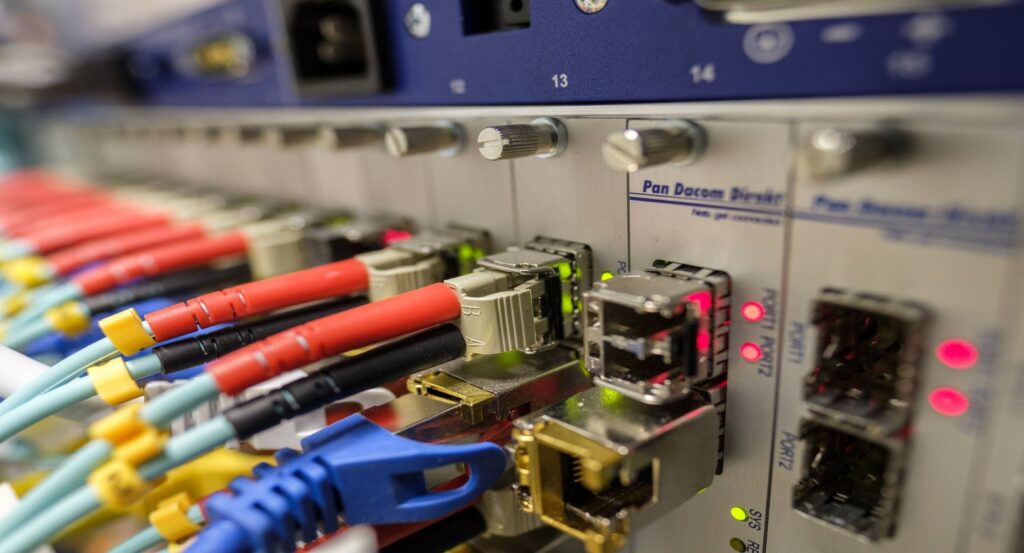
Fibre optics means sending out light beams down thin strands of glass or plastic regularly from the walls. Who invented fibre optics? and the Romans deserve special credit for inventing these lead pipes around 2000 years ago. A search on what is fibre optics on any search engine will reveal that a few countries spell it fibre as fibre. It is not only about the definition of what is fibre optics; there is a need to be aware of how does fibre optics work.
The Definition of Fibre Optics
All of us are used to information travelling in various ways. The moment we speak on a landline phone, the wire cable carries the sound from our voice into the socket on the wall. The other cable would take it to the local telephone exchange. Mobile phones are operational in a different way. They are known to send and receive information by using invisible radio waves. The technology is termed wireless since no cables are used.
Understanding how does fibre optics work happens to be done in a different way. The information is coded in a beam of light travelling down a plastic or glass pipe. Endoscopes were invented in the 1950s to allow doctors to see inside the human body without having to cut it open.In the 1960s, engineers were able to give a new dimension to how does fibre optics work. At the speed of light, they were able to transfer phone calls.
Fibre Optics Technology
Fibre optics technology transfers information between two places using light-based technology. An example is that you want to send information from your computer to your friend’s computer using fibre optics, who resides on the other side of the street. The computer can be hooked up to a laser that converts the electrical information from the computer into a series of light pulses. Then the laser is fired down the fibre optic cable.
Travelling down the cable, the light beams are expected to emerge at the other end. Your friend is going to require a light-detecting component to turn the pulses of light into electrical information. Here are the fundamentals of how does fibre optics work.
How does Fibre Optic Technology work?
How fibre optics work is the essence of this form of technology. Light moves across fibre optic cables by constantly bouncing. A tiny proton bounces off the pipeline. You may expect the beam of light travelling in a clear glass pipeline to sneak from the edges. But the light taps the goblet at a really shallow angle, as it reflects back again as if the glass were a mirror. The concept is referred to as total internal reflection, as it is one of the things that keeps the light in the pipe.
There is another aspect that focuses on how fibre optics work. The light kept inside the pipe is due to the structure of the cable. It comprises two parts. The first part is the cable that is in the middle, referred to as the core, and this is the reason why light travels faster. On the exterior of the core, there is another layer of glass referred to as cladding. Their main job is to keep the light signals in the interiors of the core. It is able to do so as it is developed from a different glass in comparison to the core.
The use of Fibre Optics
Fibre optics are used to transfer information over long distances, leaving the traditional copper wires behind. In comparison to copper cables, there is no cross-talk between the optical fibres, so the information is transmitted with more reliability and quality. They are known to carry more data than copper cables with the same diameter.